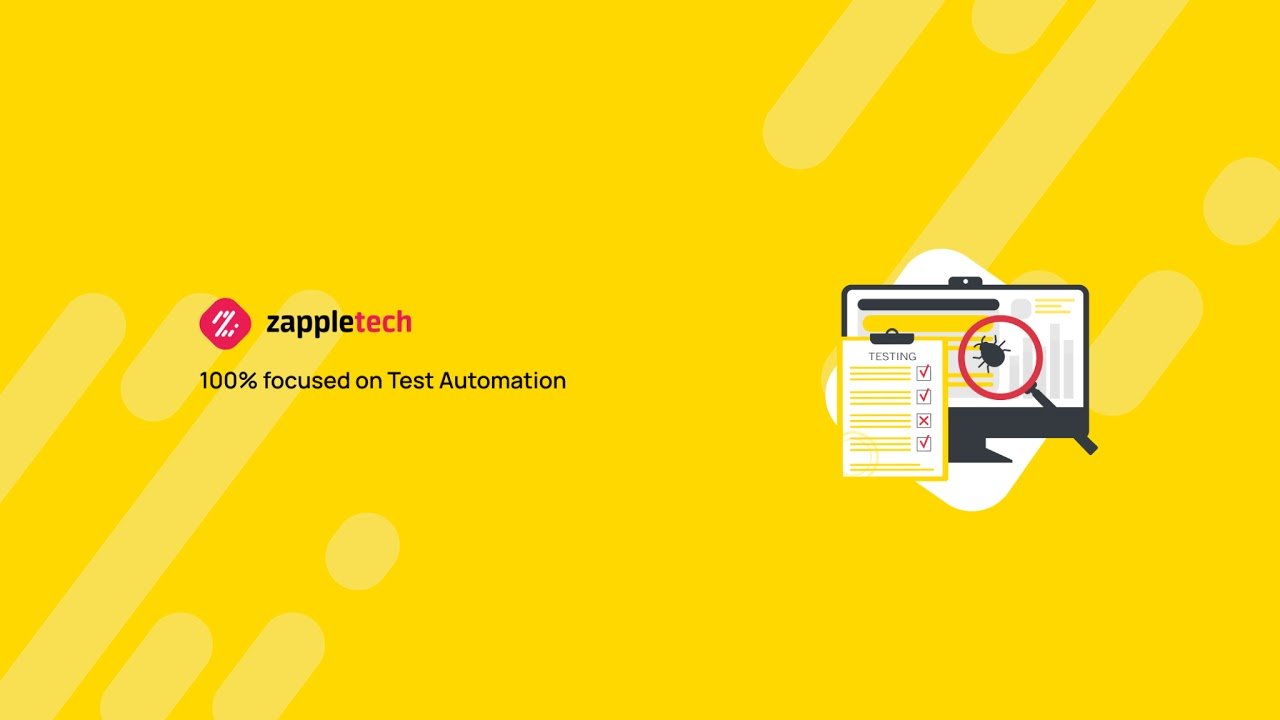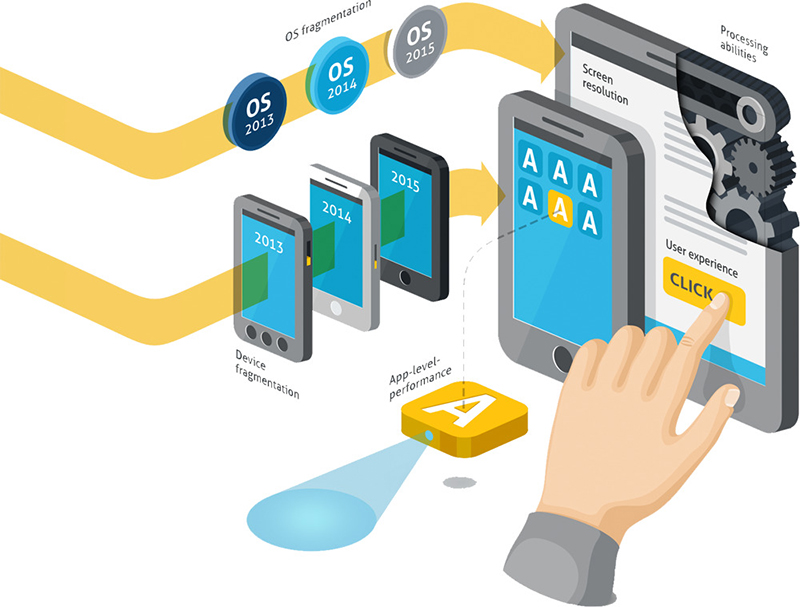Decoding the Testing Pyramid: Integrating Web Test Automation into Holistic Testing Strategies
Imagine it as the cornerstone of an architect's grand design or the keystone of an ancient archway — it's the Testing Pyramid, an architectural marvel in the realm of quality assurance. Understanding the Testing Pyramid can transform your approach to web test automation.
Why does it matter, you ask? Well, for two compelling reasons. First, comprehending the Testing Pyramid unlocks a realm of possibilities within web test automation services, allowing you to spot testing inefficiencies and refine your approach. It's like seeing solutions to everyday challenges that technology can elegantly solve. Second, mastering the Testing Pyramid empowers you to execute your testing strategies more efficiently than ever before, delivering reliability and speed that sets you apart from the competition. So, let's embark on this journey to decode the Testing Pyramid, a blueprint that holds the key to reshaping your web test automation strategy.

1. Understanding the Pyramid
The Foundation of Unit Testing
Unit testing is a practice that rigorously examines individual components or functions within a software application to ensure they function as expected. Every line of code in your software is like a cog in a complex machine. Unit testing ensures that each cog turns smoothly, preventing the entire contraption from grinding to a halt. It's about identifying and rectifying issues at the earliest stage, saving you from the nightmare of debugging an entire system later. The critical part lies in its ability to enhance reliability and streamline the development process, making it a foundational aspect of web test automation services.
To achieve excellence in web unit testing, you need the right tools and frameworks. These are your trusty companions in the coding journey, designed to simplify the testing process and boost productivity. They empower you to construct, execute, and evaluate unit tests with finesse. Whether it's Selenium, Jest, Mocha, or something other, these tools become your allies in the quest for code perfection.
Navigating the World of Integration Testing
Integration testing is the juncture where all the components of your software converge. It's the point where individual units, often tested in isolation, come together to ensure they work in harmony. In the realm of web test automation services, this means confirming that all the web application's pieces, from front-end user interfaces to back-end databases, interact seamlessly. It's about examining how these components sync up and share data.
In the world of integration testing, web test automation serves as the linchpin that brings it all together and ensures the software operates as a cohesive whole. It enables testers to orchestrate intricate tests that mimic real-world user interactions, assessing how the web application behaves when all elements are integrated.
For example, Google's transition from G Suite to Google Workspace required extensive integration testing. With a diverse set of applications like Gmail, Google Drive, Google Meet, and more, ensuring they work seamlessly together was paramount. Google employed web test automation to run comprehensive tests that validated the integration of these services, guaranteeing that user data, communication, and collaboration were uninterrupted during the transition.
Climbing to the Top with End-to-End Testing
When you're talking about web test automation services, this is where you affirm that the entire web application works as expected. End-to-end testing is that last, critical step where the culmination of all your testing efforts converges to validate that your software operates harmoniously, from start to finish. It's the ultimate check to ensure that all the interconnected pieces - from user interfaces to databases - function seamlessly.
Web test automation is a powerful tool that allows testers to rigorously examine web applications in a comprehensive manner. With robust tools and frameworks, it's possible to conduct intricate tests that mimic real-world scenarios, making certain that all components, from user interfaces to backend databases, interact smoothly.
The Pyramid's Impact on Development
The Testing Pyramid fundamentally impacts the development process in various ways:
- Cost-Efficiency Factor: By adhering to the Testing Pyramid model, where unit tests form the base, you save substantial costs. Unit tests are quicker to write, maintain, and execute, reducing the overall testing budget. This approach encourages developers to identify and fix issues early in the development cycle, which is far more cost-effective than addressing them later.
- Time-to-Market Acceleration: The Testing Pyramid promotes quicker development cycles. As unit tests ensure that individual components work correctly, there's less time spent on manual debugging and error fixing during later stages. This acceleration in development translates to faster time-to-market for your software, crucial in today's competitive tech landscape.
- Ensuring Quality: A well-structured Testing Pyramid results in higher software quality. By validating components at the unit level and gradually moving to integration and end-to-end testing, you ensure that the codebase remains robust and reliable. This inspires confidence in the software's quality, both among development teams and end-users.
Continuous Integration and Deployment (CI/CD):
- Automated Testing in CI/CD: Automated unit tests are integral to CI/CD pipelines, enabling the rapid validation of code changes. This automation ensures that each code commit is rigorously tested at the unit level, significantly reducing the chances of integration issues and regressions.
- Faster Feedback Loop: The Testing Pyramid's emphasis on unit testing means that feedback on code quality is delivered much sooner. When combined with CI/CD, this creates a dynamic feedback loop, allowing developers to make informed improvements swiftly.
- Quality Releases: With comprehensive unit tests serving as the first line of defense, CI/CD ensures that only high-quality code advances through the pipeline. This results in smoother deployments and releases, reducing downtime and enhancing user experience.
Challenges of Web Test Automation
Testers often encounter issues related to test script maintenance, long execution times, and the need for robust reporting. Managing test data, handling dynamic elements, and ensuring cross-browser compatibility further add to the complexity.
To mitigate these challenges, testers must adopt a proactive approach. This involves implementing a robust test maintenance strategy, employing automation best practices, and leveraging smart tools that enable parallel test execution. Harnessing the power of cross-browser testing tools and dynamic element handling techniques can streamline the process.
Addressing these challenges isn't about setting unrealistic standards but adopting innovative solutions to simplify and optimize the web test automation process.
Conclusion
The Testing Pyramid is a pivotal concept in the realm of web test automation, offering profound benefits for holistic testing strategies. Its significance lies in two key aspects:
Understanding the Testing Pyramid opens doors to innovations within web test automation. It enables you to spot testing inefficiencies and optimize your approach, much like finding elegant solutions to everyday challenges with technology.
Mastering the Testing Pyramid empowers you to execute testing strategies more efficiently than ever before. This approach sets you apart from the competition by delivering enhanced reliability and speed. It ensures that all interconnected components in a web application function seamlessly from the unit level to integration and end-to-end testing, ultimately leading to high-quality software products.









Leave a Reply
Your e-mail address will not be published. Required fields are marked *